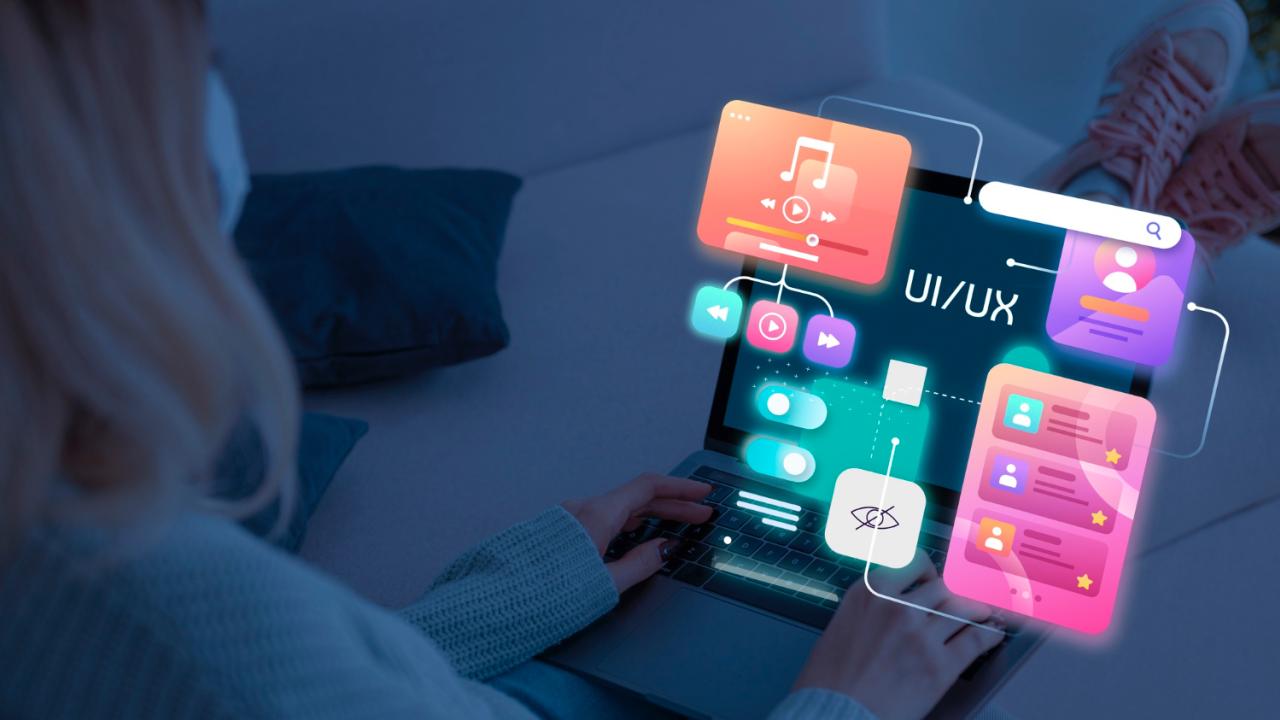As the digital landscape continues to evolve, web design trends are adapting to meet the needs of modern users and businesses. The year 2025 promises groundbreaking advancements that will redefine user experiences. Let’s explore the most impactful web design trends poised to dominate this year.
Hyper-Personalized User Experiences
Artificial intelligence and big data will drive hyper-personalization to new heights. Websites will dynamically adapt content, visuals, and recommendations based on individual user preferences and behavior. This trend goes beyond traditional personalization, offering seamless and unique journeys tailored to each visitor.
Immersive 3D Elements
3D graphics are set to play a major role in enhancing user engagement. From interactive product displays to immersive virtual environments, 3D design will transform how users interact with web content. Advances in WebGL and lightweight frameworks will make these elements accessible without compromising performance.
Dark Mode Evolution
While dark mode isn’t new, 2025 will see its evolution into dynamic themes that adjust based on time, user settings, or environmental factors. This focus on adaptive themes will not only improve aesthetics but also enhance accessibility and energy efficiency.
Sustainable Web Design
Sustainability is becoming a key priority for web design. Expect minimalist designs that reduce server loads, prioritize energy-efficient hosting, and incorporate green UI practices. This trend aligns with growing consumer demand for environmentally conscious digital experiences.
AI-Generated Designs
AI-powered tools will increasingly assist designers by generating layouts, color schemes, and even content. These tools will streamline workflows, allowing designers to focus on creativity and strategic planning while machines handle repetitive tasks.
Voice and Gesture Interfaces
As voice search and smart devices proliferate, websites will optimize for voice commands and integrate gesture-based navigation. This trend will make digital experiences more intuitive, especially for accessibility-focused audiences.
Augmented Reality Integration
With AR technology becoming more mainstream, businesses will integrate augmented reality to provide interactive and engaging experiences. Whether it’s trying on products virtually or exploring a virtual showroom, AR will blur the lines between physical and digital.
Focus on Micro-Interactions
Micro-interactions, like subtle animations or hover effects, will become more sophisticated. These details will enhance user engagement, providing delightful moments that keep users exploring longer.
Minimalism with a Twist
Minimalism will evolve to include bold typography, vibrant gradients, and dynamic layouts. This approach combines simplicity with eye-catching elements to create visually striking yet functional websites.
Conclusion
The web design trends of 2025 reflect a fusion of technological innovation and user-centric approaches. By embracing these trends, businesses can create websites that not only look stunning but also deliver unparalleled user experiences. Staying ahead of these developments will be crucial for startups aiming to make a mark in the competitive digital space.











